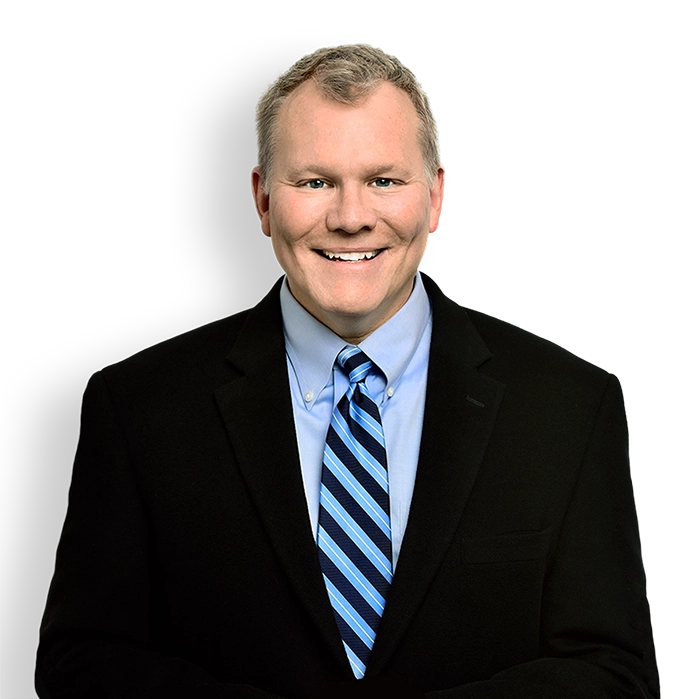On November 2, 2021, the Centers for Medicaid & Medicaid Services (CMS) issued the Physician Fee Schedule final rule for calendar year 2022 (“2022 PFS Final Rule”), which addresses a range of topics, including revisions to the physician self-referral law regulations (the “Stark law”), so-called “split (or shared)” claim billing, telehealth, and more. Highlights are summarized below. Changes to the Stark Law Regulations – Indirect Compensation Arrangements Unless an exception applies, the Stark law prohibits physicians from referring Medicare patients for certain “designated health services” to an entity with whom the physician has a financial relationship, which includes direct and indirect ownership interests and compensation arrangements. Over the years, however, much confusion has arisen regarding when an “indirect compensation arrangement” triggers the Stark Law, which has led to frustration, especially for attenuated, innocuous physician relationships. CMS acknowledged this in the December 2, 2020 final rule that implemented significant Stark law regulatory changes, stating that the prior regulatory scheme “cast a wide net to include the vast majority of unbroken chains of financial relationships between an entity and a physician,” which then had to be “weeded out” through applicability of a Stark Law exception, noting this process was “unnecessarily burdensome.” Accordingly, in that final rule, CMS changed when an indirect compensation arrangement is deemed to exist by significantly narrowing the scope of its application. That was welcome news to many providers, as it reduced the number of financial relationships subject to the Stark Law. Unfortunately, the saga continues, as CMS has now revised the applicable regulation, 42 C.F.R. 411.354(c)(2), in the 2022 PFS Final Rule to broaden the scope of indirect compensation arrangements. Under the new rule, many indirect arrangements will now be “indirect compensation arrangements” and thus need to satisfy a Stark law exception, rather than being excluded from the definition altogether and not needing any exception because they are not deemed to create a financial relationship. Under the revised regulation, when assessing the compensation arrangement closest to the physician that is in the chain of financial relationships between the physician and the entity to which the physician refers, there are two distinct prongs to consider: CMS also explains the meaning of “individual unit,” noting that essentially all compensation is unit-based compensation. For example, if a physician is paid a fixed annual salary of $350,000, the unit is a time-based unit of 1 year, and the individual unit of compensation is $350,000. CMS comments that areas of particular risk include space and/or equipment leases, as well as “tiered” compensation where the individual unit may increase or decrease at certain levels of referrals or other business generated. Compliance tip: Given the back and forth revisions to the Stark regulation over the past two years, it’s possible that, without changing any details, a particular financial relationship may (1) have had an indirect compensation arrangement before January 19, 2021 (the effective date of the prior final rule), then (2) not had an indirect compensation arrangement for the remainder of 2021, and (3) will now have an indirect compensation arrangement again starting in 2022. Thus, providers and physicians should consider reviewing financial relationships that appeared compliant in 2021 for conformity with the revised regulation. New Regulation With Revised Split (or Shared) Billing Policy CMS finalized the agency’s proposed regulation changing how and when practitioners may bill Medicare for evaluation and management (“E/M”) services in the institutional setting that are “split (or shared)” by a physician and a nonphysician practitioner (“NPP”) in the same group. Physicians may bill these services at the higher 100% PFS rate if certain criteria are met (an NPP is paid at 85% of the PFS rate). This regulation replaces CMS’s recently withdrawn longstanding guidance on this topic from the Medicare Claims Processing Manual (“MCPM”). CMS received a flood of comments on the proposed regulation but made a just a few small changes in the final rule. The new regulation defines split (or shared) E/M visits as E/M visits provided in the facility setting by a physician and an NPP in the same group, which may be billed by the practitioner who provides the “substantive portion” of the visit. In particular, the new regulation: Compliance tip: CMS can be expected to scrutinize split (or shared) claims starting in 2022, when the new regulation takes effect. There are several ways to minimize the risk of claims denial, including training practitioners on the new split (or shared) service requirements and how best to document their tasks for billing these services. Telehealth CMS also finalizes policies in the 2022 PFS Final Rule for services added to the Medicare telehealth list during the COVID-19 PHE and policies for telehealth services used for the diagnosis, evaluation, or treatment of a mental health disorder. For example, the final rule extends Medicare reimbursement to physicians for certain telehealth services through the end of 2023, such as cardiological services and radiation oncology codes, to allow additional time for CMS to evaluate whether it should permanently add such services to the Medicare telehealth services list. Additionally, the final rule implements provisions of the Consolidated Appropriations Act of 2021, by adding the home of the beneficiary as a permissible originating site for telehealth services furnished for the purposes of diagnosis, evaluation, or treatment of a mental health disorder. CMS also finalized the requirement that an in-person, non-telehealth visit must be furnished at least every 12 months for these services (rather than the proposed 6-month timeframe), though exceptions to the in-person requirement may be made depending on the beneficiary’s circumstances. Finally, CMS amended the current definition of interactive telecommunications system for telehealth services, but for mental health services only, to include two-way, real-time audio-only communications technology where the beneficiary is not capable of, or does not consent to, the use of video. Clinical Labor Practice Expense Values In the 2022 PFS Final Rule, CMS finalizes its proposed changes to the Practice Expense (PE) methodology, in particular, the clinical labor pricing component. CMS last updated the clinical labor component (e.g. nurses) almost twenty years ago when it used 2002 Bureau of Labor Statistics (BLS) data, with some supplementation from other sources. CMS followed the same basic approach in the proposed 2022 rule, using 2019 BLS data, again with some supplementation. This results in significant increases in clinical labor PE “values” across the board. However, because of the requirement to apply a “budget neutrality” adjustment, this creates “winners and losers” with some specialties—particularly those with high equipment and supply costs—seeing significant reductions in payment. CMS recognized this in the proposed rule and “smoothed” the implementation of the new values with a four-year transition, which they adopted in the final rule. Other Significant Topics The 2022 PFS Final Rule addresses a wide range of other material topics, beyond those listed here, including the office/outpatient E/M coding framework in the context of teaching physician services, billing for physician assistant services, vaccine administrative services, electronic prescribing of controlled substances, chronic care management, direct supervision flexibility during and after the public health emergency, and Medicare provider enrollment (including expansion of authority to deny or revoke a provider’s or supplier’s Medicare enrollment), to name a few. For further information, please contact Sven Collins in Denver, Andrea Frey, or Ben Durie in San Francisco, Amy Joseph or Jeremy Sherer in Boston, Charles Oppenheim in Los Angeles, or any other member of our Hooper, Lundy, and Bookman team.
Professional



